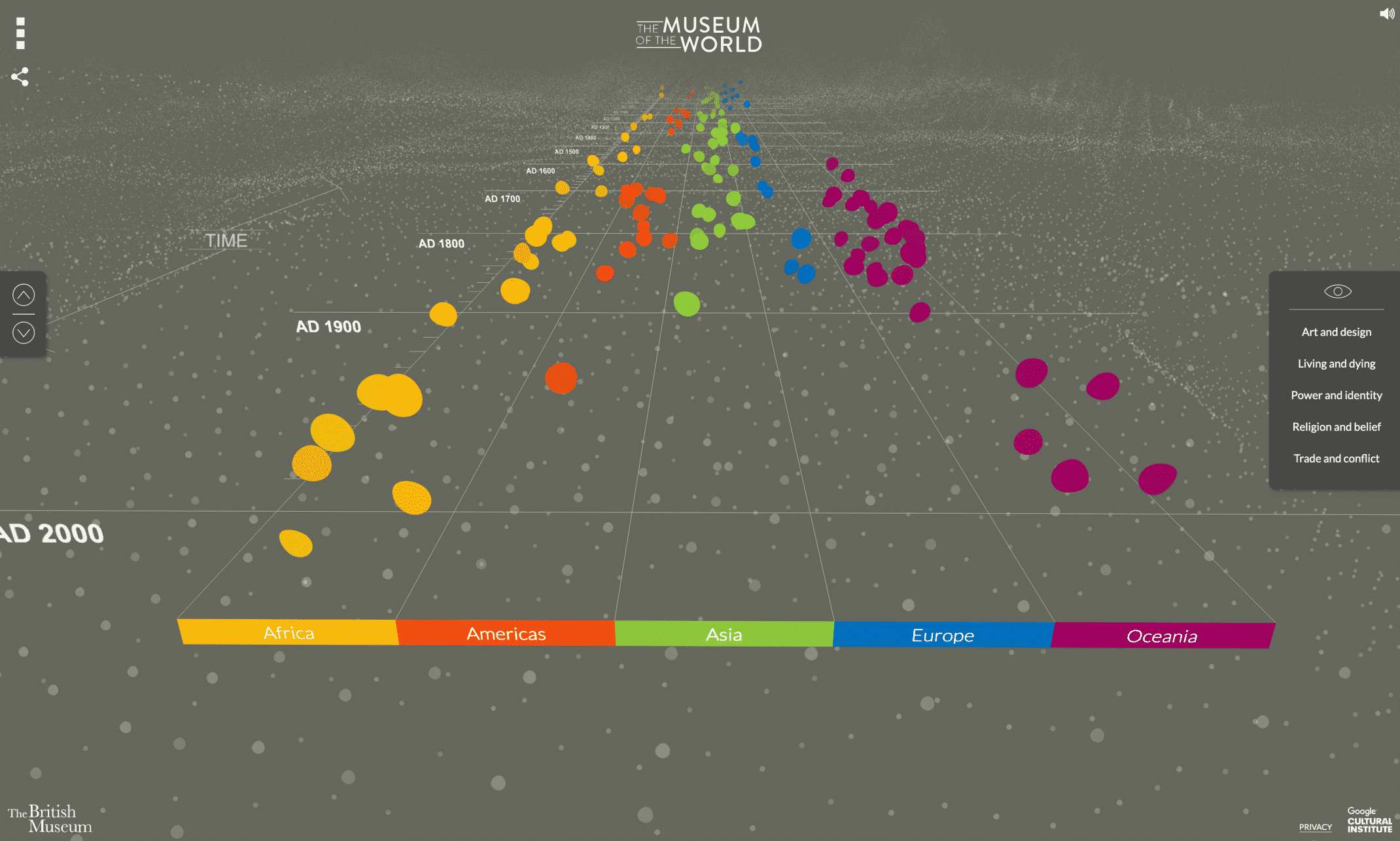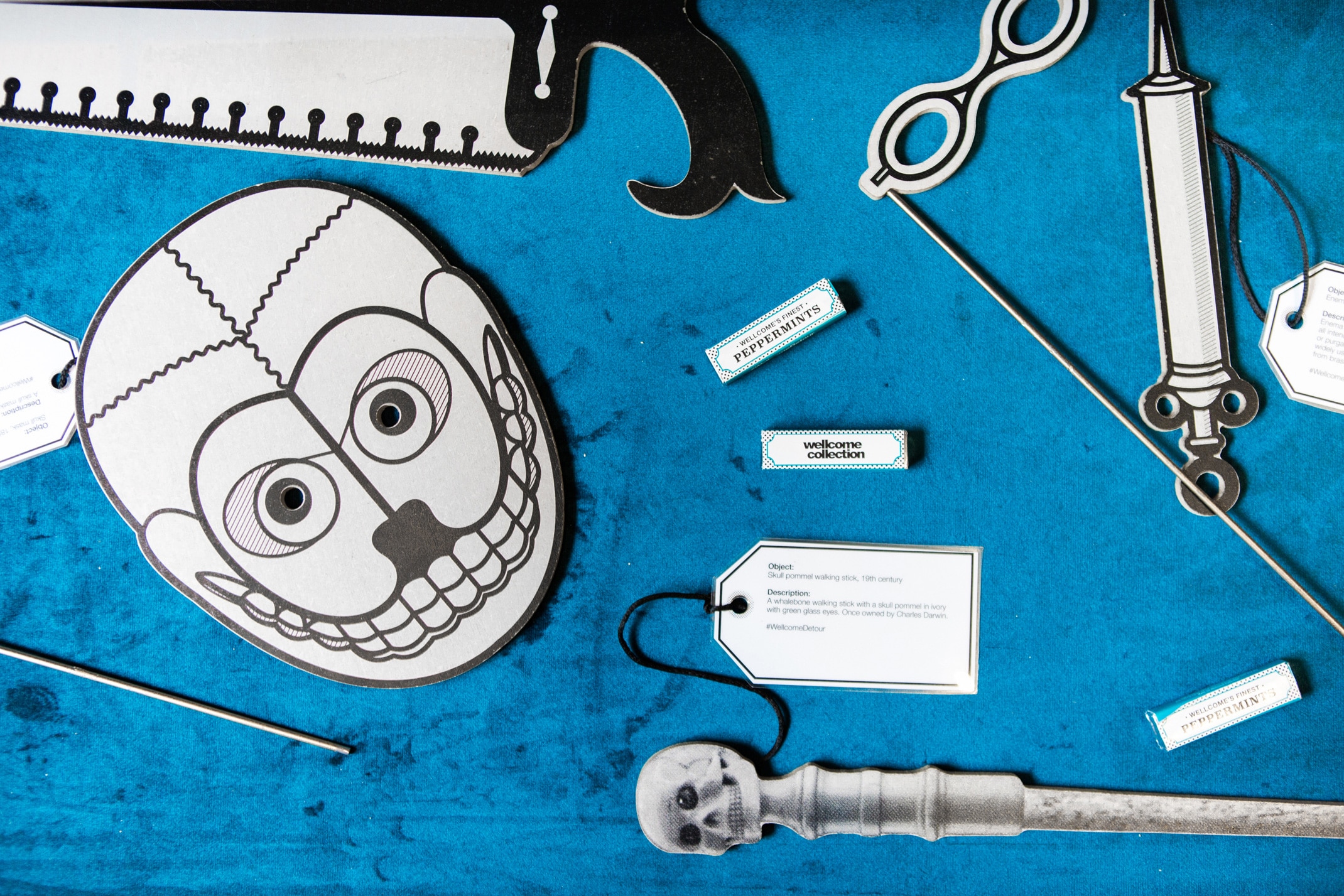
Insight
Virtual Galleries – From Stopgap to Revenue
In March 2020 museums and galleries lost something important – visitors. And with those visitors went a large proportion of their revenue. Many of them now face an existential crisis with no immediate way out. Even as lockdown is gradually lifted over the coming months, visitor numbers will be limited by both the need for social distancing and people’s reluctance to gather in large numbers.
In recent weeks we have seen many museums and galleries open up their archives to an online audience, and these efforts have provided much needed diversion for people in lockdown. However, most of this content has been old or created in haste, and in many cases it’s sitting on outdated, clunky websites.
As we move beyond this immediate crisis and start to plan for the future it’s increasingly clear that digital will be the main way people visit museums and galleries for quite some time. Where in the past the physical space was the primary concern and the digital a distant second, that must now be reversed. Investment now in the online experience will retain our connection with visitors, and for those who get it right now can become a source of revenue far into the future.
Digital Renovations
The digital world of 2020 is more crowded than ever before. From Netflix to Joe Wicks, there is an endless and ever-increasing array of diversions to choose from. Visitor attractions will need to work hard to get the attention of even their most loyal friends.
This work begins with the design of their website. On a basic level it needs to be responsive and mobile-first, as well as easy to navigate and accessible. There are some outstanding sources of inspiration. Look at what the British Museum has done with its digital archive in partnership with Google. This simple animation makes great use of sound, is easy to use, relevant to its audience, and incredibly addictive. It shows what can be done.
In this crowded, noisy online environment you need to ensure people hear about your website. Are you active on your social media channels, and do these feed into your website? Does this social content have the same verbal and visual identity as your website? It’s easy for them to develop separate voices or looks, but this confuses and alienates people. Develop guidelines for how they should work together. The Royal Academy does this well with a weekly newsletter sharing inspiration and interactive content all linking thematically back to the website.
Finally, pay close attention to the user experience and the way your brand is conveyed in this online space. Digital campaigns should be branded for exactly the same reasons that exhibitions are. Think of spaces online as the rooms in your gallery. Can you create micro sites, apps, and social campaigns that will draw visitors into a richer and deeper experience? The website for Anne Frank’s house in Amsterdam is a very good example of this. Carefully considered and branded, it’s easy to use and makes clever use of video.
Monetising Digital Content
So far museums and galleries have offered this online content free of charge, with some asking only for a voluntary donation. This will not sustain visitor attractions for long. Lacking revenue from physical visitors they need to find ways to bring it in from virtual visitors, and it can be done if they create online content which is as enticing to people as a physical exhibition.
Think how you can create a unifying brand and narrative that draws people to your show. Consider how you can use social media and newsletters to raise awareness, and to involve people in the exhibition. Ask them what they want to see, and then give them that.
Think about how you can reimagine existing content as a virtual exhibition. Take the Detourium that the Wellcome Collection created to build visibility in the local area and encourage people to the Collection in the periods between its exhibitions. It had a strong look and feel as well as a wealth of materials for people to engage with. It could easily translate to an app or microsite where people would explore the Detourium and then be led into other parts of the site.
Tomorrow’s Galleries
The focus must remain on quality. The exhibitions that are carefully curated with a clear audience in mind and a strong brand connecting with that audience, have always drawn the largest crowds. The same is true online. Avoid the temptation to copy what others are doing. Find the show, the design, and the platform that is right for your audience and they will remain as passionate about your work as they have always been.
Remember too that this is more than short-term papering over cracks. This will transform how people experience museums and galleries. They will become accustomed to experiencing shows online and long after that day when we finally throw open our doors again, they will keep visiting us online. Spend today creating virtual spaces that are as beautiful and enjoyable as our physical spaces, and we will have built new revenue sources for our organisations and new opportunities for people to enjoy our collections for years to come.
Photo: Empty Gallery via Alter Ego Gallery

